
This jeopardy style interactive reviews social studies content.
- Subject:
- Social Studies
- Material Type:
- Presentation
- Provider:
- Jeopardy Labs
- Date Added:
- 08/09/2017

This jeopardy style interactive reviews social studies content.
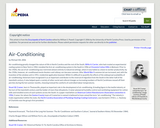
Students will read about the creation of air conditioning and the impact it had on the way people lived in North Carolina.

Students will learn about life on the coast of North Carolina and the various aspects of the culture of the people who grew up there.

In this resource, students can view a webinar about Christmas traditions in North Carolina during the colonial era.
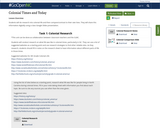
Students will do research into colonial life and then compare/contrast to their own lives. They will share this information digitally using a class Google Slides presentation.
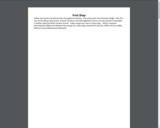
This downloadable document contains activities related to important historical events that happened in Halifax, North Carolina. Topics include the Halifax Print Shop, Halifax Imports/Exports, The Halifax Resolves, and Underground Railroad.
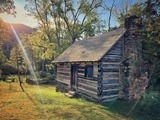
In these videos, artifacts from the Vance Birthplace State Historic Site collection are featured with clues about their purpose. Students try to solve the History Mystery before the answer is revealed.
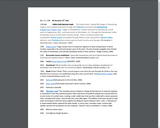
With plenty of links taking you to various NCPedia articles, this interactive outline provides information about the history of transportation in NC from 1750 to the Wright Brothers' flight in 1903.
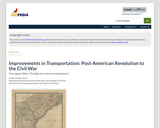
Students will read about changes in transportation infrastructure in North Carolina during the years after the American Revolutionary War to the American Civil War.

In this lesson, students will examine the history of the car in America and use their knowledge to evaluate the impact that automotive technology had on NC travel and city growth.
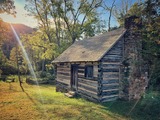
This video series is broken up into two-part mini programs which each include a short video history lesson followed by a second video with a craft activity. These videos are designed to be viewed together to learn about history of Vance Birthplace State Historic Site in the mountains of North Carolina and life in the 1800s.

Students will examine a Fresnel lens to develop an understanding of how some lighthouse lenses work. They will then apply their knowledge of the lighthouse lens technology to imagine a new invention using a lighthouse lens to complete a different task.
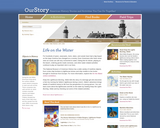
Children and adults can enjoy exploring lighthouses and the maritime history of the United States together through children's literature, everyday objects, and hands-on activities
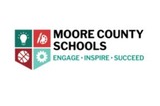
Students will research lighthouses of North Carolina using print and digital resources and create a digital presentation on the NC lighthouse of their choice. After studying basic electric circuits, students will use cardboard and Makedo tools to design and build a model of this lighthouse and wire it to light using a kit of electronic supplies. Students will showcase their final products with friends and family using digital photography, Google Presentations and a screencast video on Flipgrid or another platform of the teacher’s choosing. Students will submit a Seesaw documenting their experience with the Design and Engineering Process while building their lighthouse.
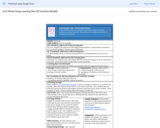
Students will research an invention that had an impact on North Carolina's economic growth. They will use the Tinkercad website to recreate the invention.
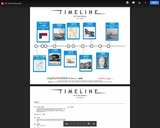
This teacher-created ReadWriteThink timeline covers the history of transportation in NC from 1750-1903.
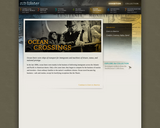
In this resource, students can learn about the trade between continents during the 19th Century with the United States and Europe. This resource is connected with the Smithsonian Museums.
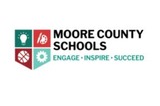
Students will work or in learning teams to design and build a cardboard ship bow using Makedo tools to transform their desk or a copy paper box into a pirate ship for the classroom museum. Students will research historic North Carolina pirates including Blackbeard using multiple print and digital texts to prepare a written entry for their exhibit.Family and other classes will be invited to view the museum. Students will share their experience with the Design and Engineering Process through class discussion and by publishing a digital record of the DEP on Seesaw.

This worksheet shows four variations of the bicycle from the 1800s. After reading descriptions of each variation, students are tasked with putting them in chronological order.
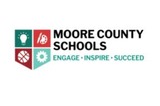
After studying agricultural products of North Carolina. Students will design a vehicle to transport their "goods" to market. Student vehicles will be powered by Sphero Mini robots to transport a replicated agricultural “load” a predetermined distance to replicate a journey from farm to market.